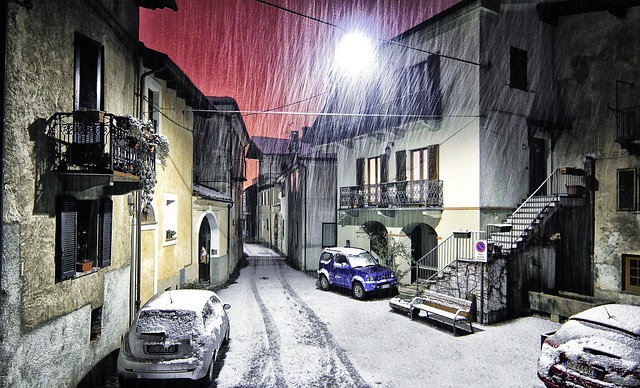Low water pressure can stem from numerous issues, such as clogged pipes, faulty regulators, or leaks. Regular maintenance like cleaning and repairing leaks is key in prevention. Inspect your home for wet spots near pipes, indicating hidden leaks that need immediate attention to avoid damage. Old corroded pipes also cause low pressure; regularly check for rust and water spots, replacing them with copper or PVC as needed. After pipe replacements, ensure valves are open to restore water pressure.
Low water pressure can be a frustrating issue, affecting your daily routines from showering to doing laundry. This hidden plumbing problem might be caused by various factors, often overlooked until it becomes severe. In this article, we’ll uncover the most common plumbing issues that could be robbing you of strong water pressure and guide you through practical solutions. Learn how to identify leaks, old pipes, clogged drains, and more, plus discover expert tips for optimizing your home’s water pressure, ensuring a steady and satisfying flow.
- Identifying Common Plumbing Problems Causing Low Water Pressure
- – Leaks and Drips: How to Spot Them and Understand the Impact
- – Old or Corroded Pipes: Signs, Causes, and Replacement Tips
Identifying Common Plumbing Problems Causing Low Water Pressure

Low water pressure can be frustrating and often indicates an underlying plumbing issue. Identifying the common culprits is the first step in learning how to increase water pressure. One of the most frequent causes is a clogged pipe, whether from mineral buildup or debris. Over time, these blockages restrict the flow of water, resulting in reduced pressure throughout your home. Another less obvious problem could be an outdated or faulty water pressure regulator, which fails to maintain the desired pressure level.
Additionally, leaks in pipes or fittings can significantly impact water pressure. Even small drips can lead to substantial losses over time, affecting the overall pressure. Checking for leaks and repairing them promptly is essential to maintaining optimal water pressure. Furthermore, issues with your water heater, such as sediment buildup or faulty components, can also contribute to low pressure. Regular maintenance and cleaning of these appliances can help prevent such problems.
– Leaks and Drips: How to Spot Them and Understand the Impact

Leaks and drips are often invisible, yet they can be significant culprits behind low water pressure. To spot them, look for wet spots or stains on walls, ceilings, and floors near pipes and fixtures. Dripping faucets and running toilets are obvious signs of leaks, but smaller, hard-to-detect leaks might exist behind walls or under sinks. These persistent drips waste not only water but also significantly reduce water pressure throughout your plumbing system.
The impact of these leaks can be substantial. Over time, they weaken pipes and joints, leading to more serious plumbing issues. Moreover, the constant flow of water can cause damage to nearby structures, resulting in costly repairs. Addressing leaks promptly is not only an effective way to how to increase water pressure but also a crucial step in maintaining a reliable and efficient plumbing system.
– Old or Corroded Pipes: Signs, Causes, and Replacement Tips

Old or corroded pipes are a common culprit behind low water pressure in homes. Over time, metal pipes can become brittle and start to leak, reducing water flow and resulting in weaker pressure. Corrosion can also narrow the pipe’s interior, restricting water passage and further decreasing pressure. To identify old or corroded pipes, look for signs such as rust on exposed pipes, water spots on walls or ceilings, or a constant dripping sound. Regular inspection is key to catching issues early.
When it comes to replacing old pipes, consider the material. Copper and PVC are popular choices due to their durability and resistance to corrosion. For DIY replacements, ensure you have the right tools and follow instructions carefully to avoid leaks. If the pipes are extensively corroded or damaged, professional installation is recommended. To increase water pressure, after pipe replacement, check for any leaks and ensure valves are fully open. This simple step can significantly improve your home’s overall water pressure.
Many homeowners overlook potential plumbing issues that could be silently reducing their water pressure. By addressing leaks, drips, and old corroded pipes through regular inspection and timely maintenance, you can significantly improve your home’s water flow. Implementing these strategies not only enhances your daily comfort but also saves money in the long run by preventing further damage and minimizing water wastage. Remember, proactive plumbing care is key to maintaining a robust water pressure system.
